Transforming your backyard into a cozy retreat doesn’t have to come with a hefty price tag. Whether you’re a seasoned DIY enthusiast or just beginning your journey into patio projects, creating a budget-friendly covered patio can significantly enhance your outdoor living experience. This guide will walk you through practical steps and innovative ideas to craft a charming and functional space, perfect for entertaining guests or enjoying a quiet afternoon with a good book.
In today’s world, extending your living area outdoors is more than a trend; it’s a way to bring comfort and style into your everyday life. You’ll discover how to maximize your resources, select affordable materials, and incorporate clever design elements that cater to your unique taste and needs. Let us inspire you to create a welcoming outdoor haven that reflects your personality and fits your budget.
Choosing Cost-Effective Patio Materials
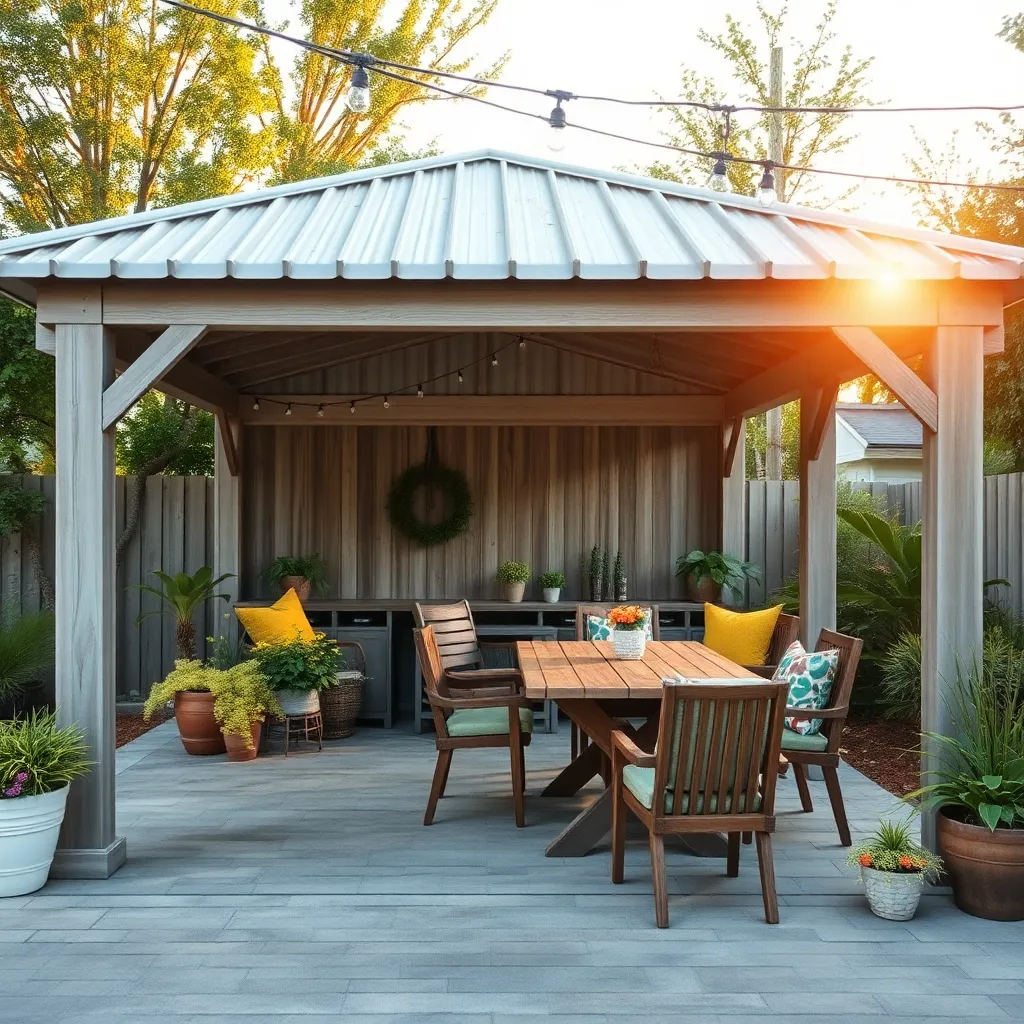
When selecting materials for a cost-effective patio, consider using concrete pavers or stamped concrete, both of which offer durability and a variety of design options without breaking the bank. Concrete pavers, available in multiple shapes and colors, allow for creative patterns that can mimic the appearance of pricier stones. For those looking to save further, stamped concrete offers a seamless, customizable surface that can replicate the look of brick or stone at a fraction of the cost.
Incorporating reclaimed wood or metal can add character to your patio while keeping expenses low. Reclaimed wood provides a rustic charm and can be used for decking or pergola structures, while metal, such as corrugated steel, offers a modern touch and excellent durability against the elements. Additionally, using a mix of these materials not only enhances aesthetic appeal but also increases the longevity of your patio by leveraging their individual strengths.
DIY Installation Tips for Beginners
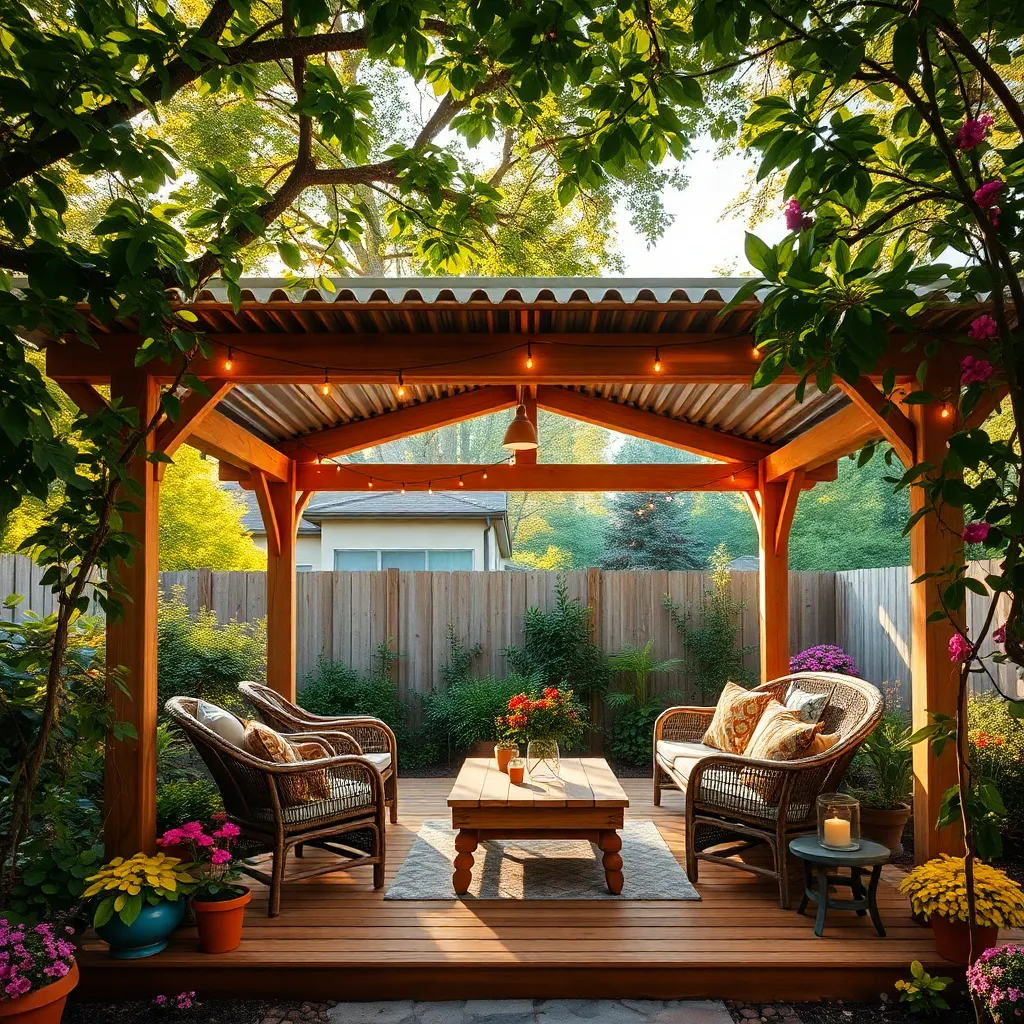
When embarking on a DIY patio shelter project, one of the first steps is selecting the right materials. Opt for pressure-treated wood or metal for a durable frame, and consider polycarbonate panels or weather-resistant fabric for coverage. These materials are not only budget-friendly but also easy to work with for beginners. Ensure your structure is sturdy by anchoring it securely to the ground; concrete footings or heavy-duty ground screws can provide excellent stability.
Designing your patio shelter can be both fun and functional. Start with a simple rectangular or square shape, which is easier to construct and offers a clean aesthetic. Measure your space accurately and allow for a slight overhang to protect against rain and sun. For those ready for an advanced touch, consider incorporating lattice sides or pergola beams to add dimension and style. Keep your design aligned with local building codes by checking regulations before you start, ensuring a smooth, compliant installation process.
Maximizing Space with Simple Designs
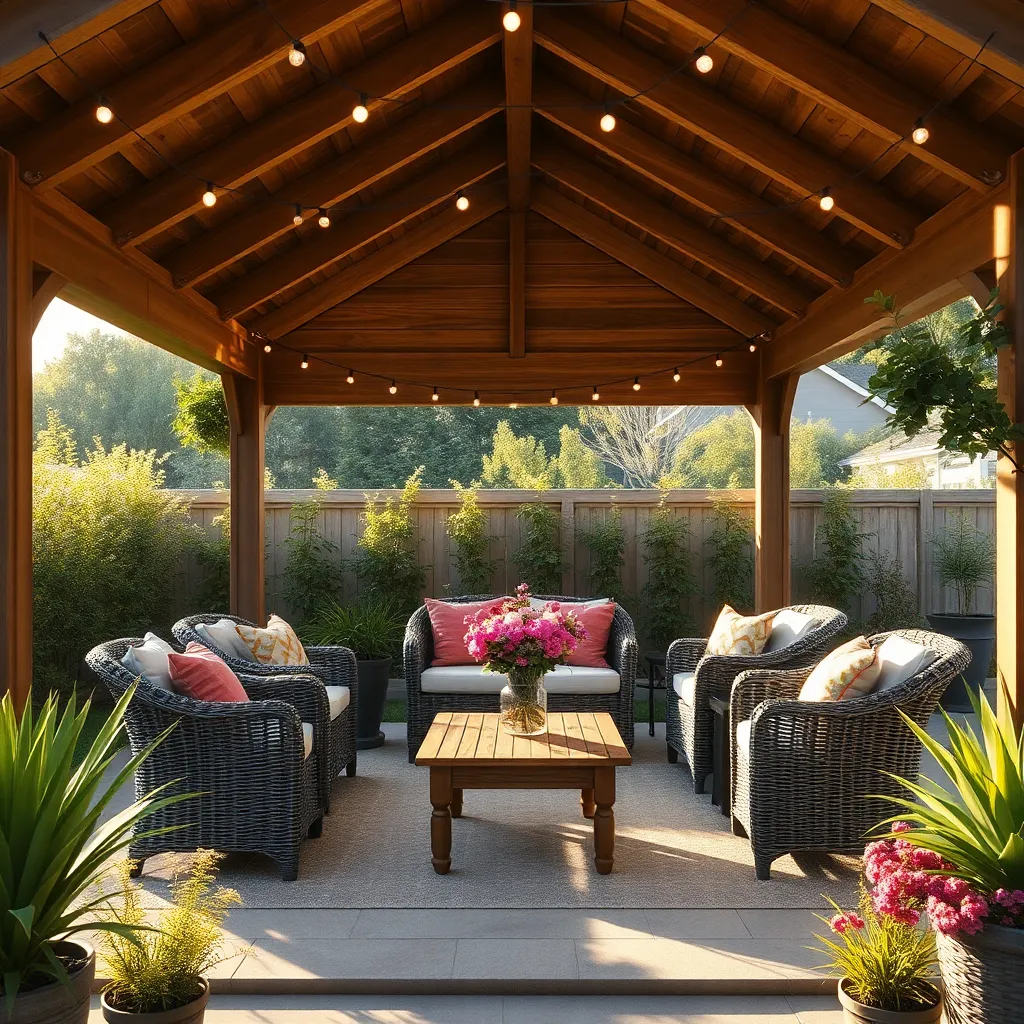
To maximize space with simple designs, consider using a pergola with a retractable canopy. This flexible option not only provides shade when needed but also opens up the area when you want more sunlight. Choose materials like pressure-treated wood or aluminum for durability and ease of maintenance. Beginners can start with a basic rectangle shape, but for a more advanced touch, try adding lattice sides to support climbing plants, which enhance both privacy and aesthetics.
For those with limited space, opt for a lean-to structure attached to your house or garage. This design is cost-effective as it utilizes existing walls, reducing material costs. Use clear polycarbonate roofing panels to allow natural light while shielding the area from rain. Advanced DIYers might incorporate built-in seating or planters along the perimeter, making efficient use of every inch. Remember to measure your available space accurately, allowing for at least a 6-foot clearance to ensure comfortable movement beneath your shelter.
Incorporating Affordable Decor Elements
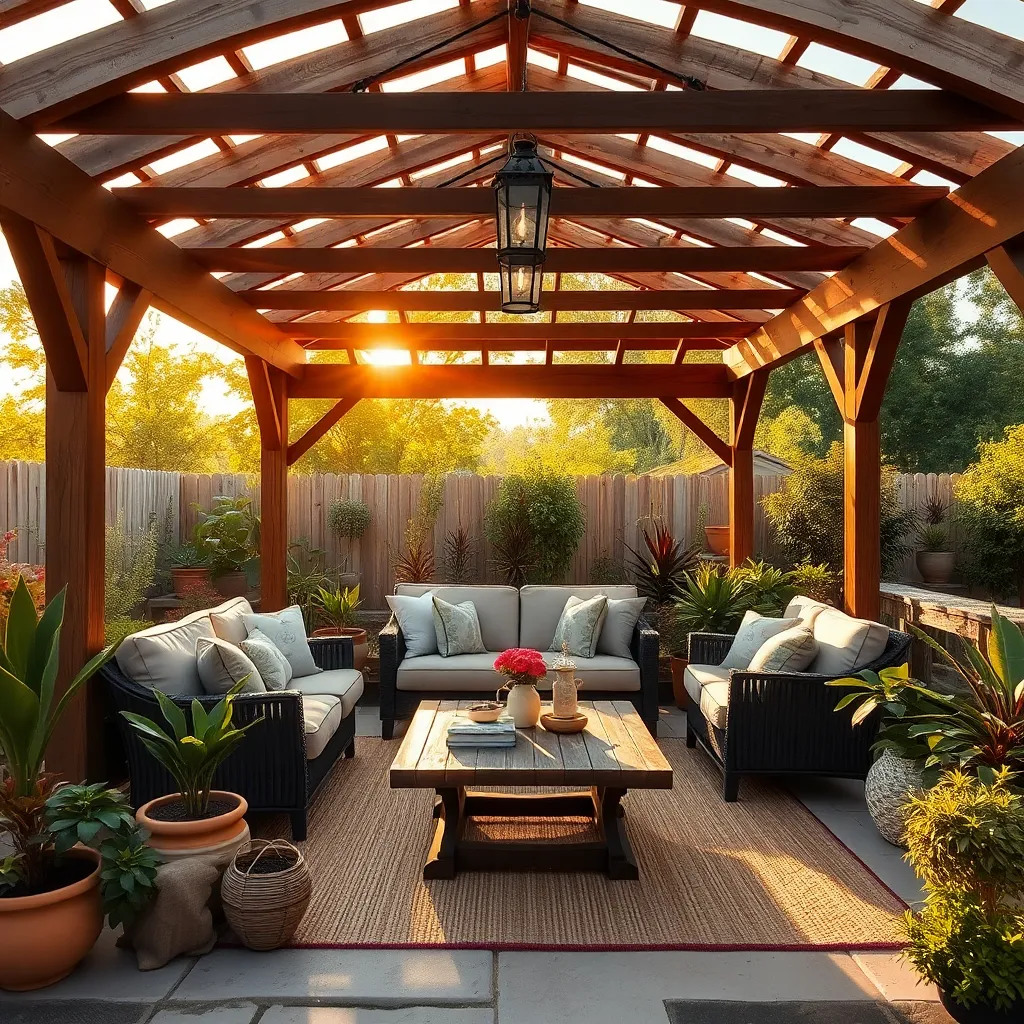
Transforming your patio into an inviting space doesn’t have to break the bank. Start by adding colorful, weather-resistant cushions and throws to your seating area. These elements not only provide comfort but also inject a burst of personality. For a touch of elegance, consider hanging string lights or lanterns. Opt for solar-powered options to keep energy costs down while adding a warm glow to your evenings.
Incorporating natural elements can enhance the aesthetic appeal of your patio. Use potted plants or vertical gardens to bring life and texture to your space. Choose low-maintenance plants like succulents or ferns to keep upkeep simple. For a more advanced touch, create a DIY outdoor rug using durable materials like recycled pallets or weatherproof fabric. This not only defines the area but also adds a cozy feel underfoot.
Maintaining Your Patio on a Budget
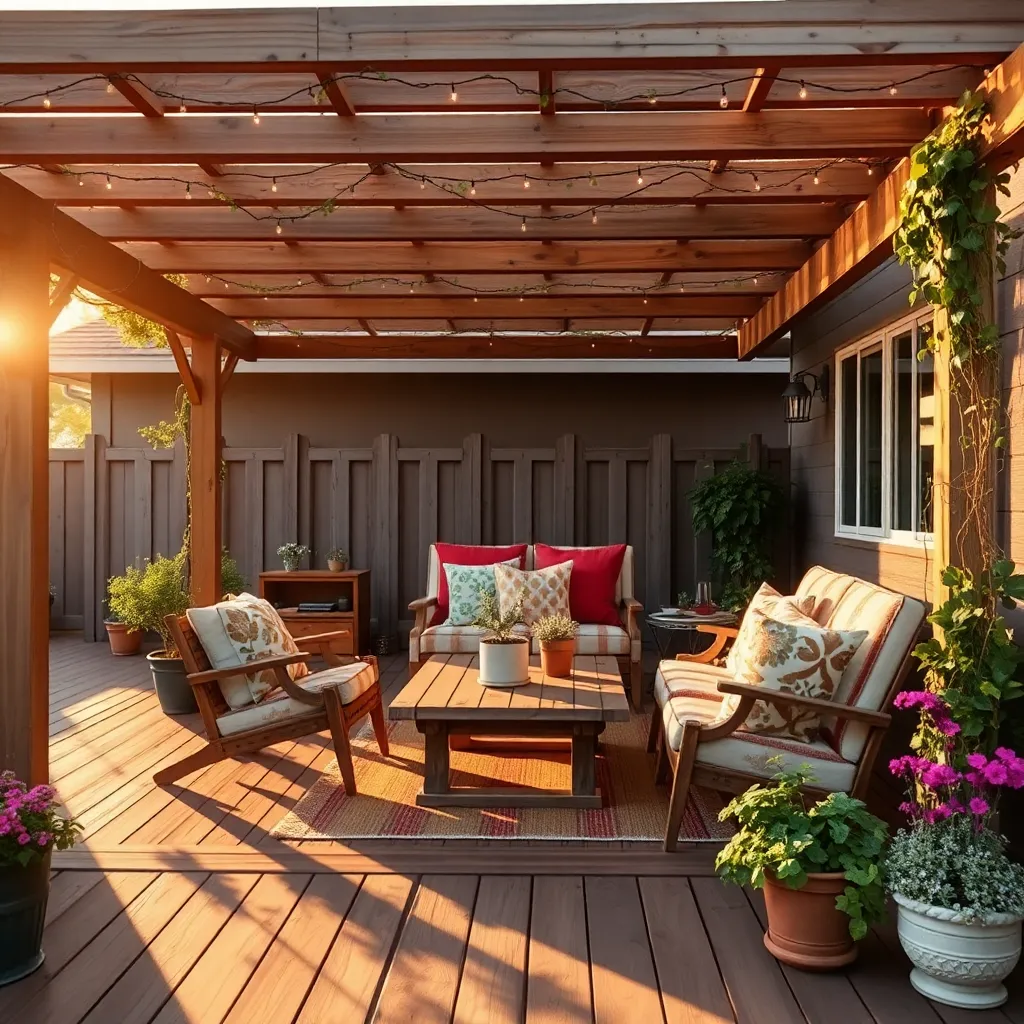
Regular maintenance is key to keeping your patio in top shape without breaking the bank. Start by sweeping away debris and leaves weekly, which helps prevent staining and the growth of mold. For deeper cleaning, mix a solution of water and mild dish soap, and use a stiff-bristled broom to scrub the surface. Sealing your patio every 2-3 years can also protect it from weather damage; opt for water-based sealers, which are budget-friendly and easy to apply.
Investing in durable yet affordable materials can significantly extend the life of your patio. Consider using outdoor rugs made from polypropylene, which are resistant to moisture and UV rays, making them a cost-effective addition. Furniture made from recycled plastic is not only environmentally friendly but also low-maintenance and weather-resistant. For those looking to add some shade, a sailcloth canopy is an economical choice; ensure it’s securely anchored with galvanized steel fixtures to withstand wind and rain.
Conclusion: Creating Beautiful Outdoor Spaces
In exploring budget-friendly covered patio projects, we uncovered five key relationship concepts that go beyond mere outdoor enhancements. First, the importance of collaboration in planning; projects thrive when partners align their visions. Second, open communication ensures that each person’s ideas and concerns are heard, fostering a stronger bond. Third, resourcefulness highlights how working within a budget can spark creativity and bring partners closer. Fourth, shared goals reinforce the commitment to creating a home that reflects mutual values. Lastly, celebrating small wins together strengthens the sense of achievement and unity.
As an actionable next step, gather with your partner to brainstorm your ideal patio project. This collaborative effort not only boosts your living space but also enriches your relationship. Remember, great relationships are built on small, consistent actions.
Be sure to save or bookmark this article as a valuable resource for both your project and relationship journey. With each step you take, you’re investing in a future filled with shared successes and cherished memories. Embrace this opportunity to enhance your connection, and watch as your relationship flourishes with every endeavor you undertake together.
